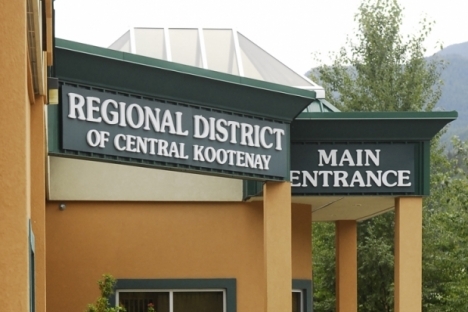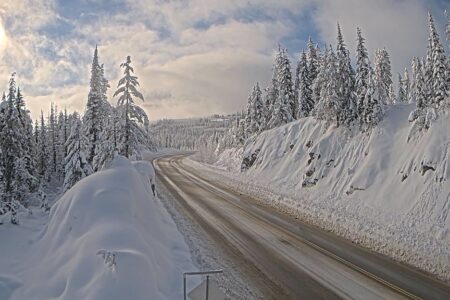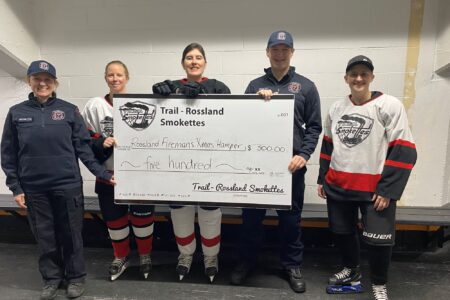Flood Mapping Study underway across the Regional District of Central Kootenay
This summer the Regional District of Central Kootenay (RDCK) is undertaking region-wide assessments to update existing flood mapping. This work will support future land-use planning and help communities be resilient to floods and related emergencies.
“The Board supports the updating of the region’s existing flood mapping because it helps us understand the risks to communities and how decisions should be made about community growth, servicing and sustainability,” said Aimee Watson, Chair of the RDCK Board of Directors. “When the Johnson’s Landing landslide happened, not only were we dealing with a tragedy, but a lot of time and money was spent to replace the destroyed water system. This study is part of what we’re doing to understand the risks and plan for natural disasters.”
This project started in 2017 when the RDCK received federal and provincial funding to prepare a Flood and Steep Creek Geohazard Risk Prioritization Study, including all 11 rural electoral areas and nine member municipalities. Building on the initial risk assessment work, the RDCK retained BGC Engineering to undertake the flood mapping study, which is also funded through the federal and provincial government.
The flood mapping study includes some field work over several weeks in July and August, with field crews on the ground and in boats throughout the region. The field work methods will involve bathymetric surveys, field traverses, test pits, helicopter flyovers, and dendrochronology (or tree-ring dating).
Here are the activities that residents might see:
· Field crews will be walking and recording geological details related to flood processes.
· Crews may make survey measurements and may take channel sediment samples by hand.
· Bathymetric surveys will also be completed to describe the depth and underwater features of waterbodies.
· The survey work will be done on foot over the river banks and using a boat for the in-channel portion of the survey. The boat will be launched from public launches and the crew will travel to the site.
· There may be a few laths (survey stakes) placed temporarily on the river banks to aid the field crew during their survey. These laths will be removed once the survey is complete.
· No heavy equipment will enter the foreshore and no soil disturbance will occur during the surveys.
The results of the flood mapping study will update current understanding of flood hazards in the region and be used to enhance the accessibility of flood and landslide hazard maps to the public, property owners, qualified professionals and regulators. The maps will also inform emergency management planning.
“The results of the regional flood hazard risk assessment and the current flood mapping study will provide foundational data that will inform future community planning, risk reduction strategies, emergency planning, funding opportunities and assessments of wildfire-related impacts—especially as they relate to changes in creek and river hydrology,” said Sangita Sudan, General Manager of Development Services.
The public outreach for this project will include public bulletins, newspaper advertisements, media releases and Facebook posts. Properties where access for field crews is required will be contacted by RDCK staff directly.
To learn more about the Flood Mapping Study and to review the results of the Flood and Steep Creek Geohazard Risk Prioritization study, visit the website here: https://rdck.ca/EN/main/services/community-planning/flood-map-study.html
RDCK Planning staff is available to answer questions about the flood mapping study by phone or email: 250-352-1549 or planning-floodplain@rdck.bc.ca.
























